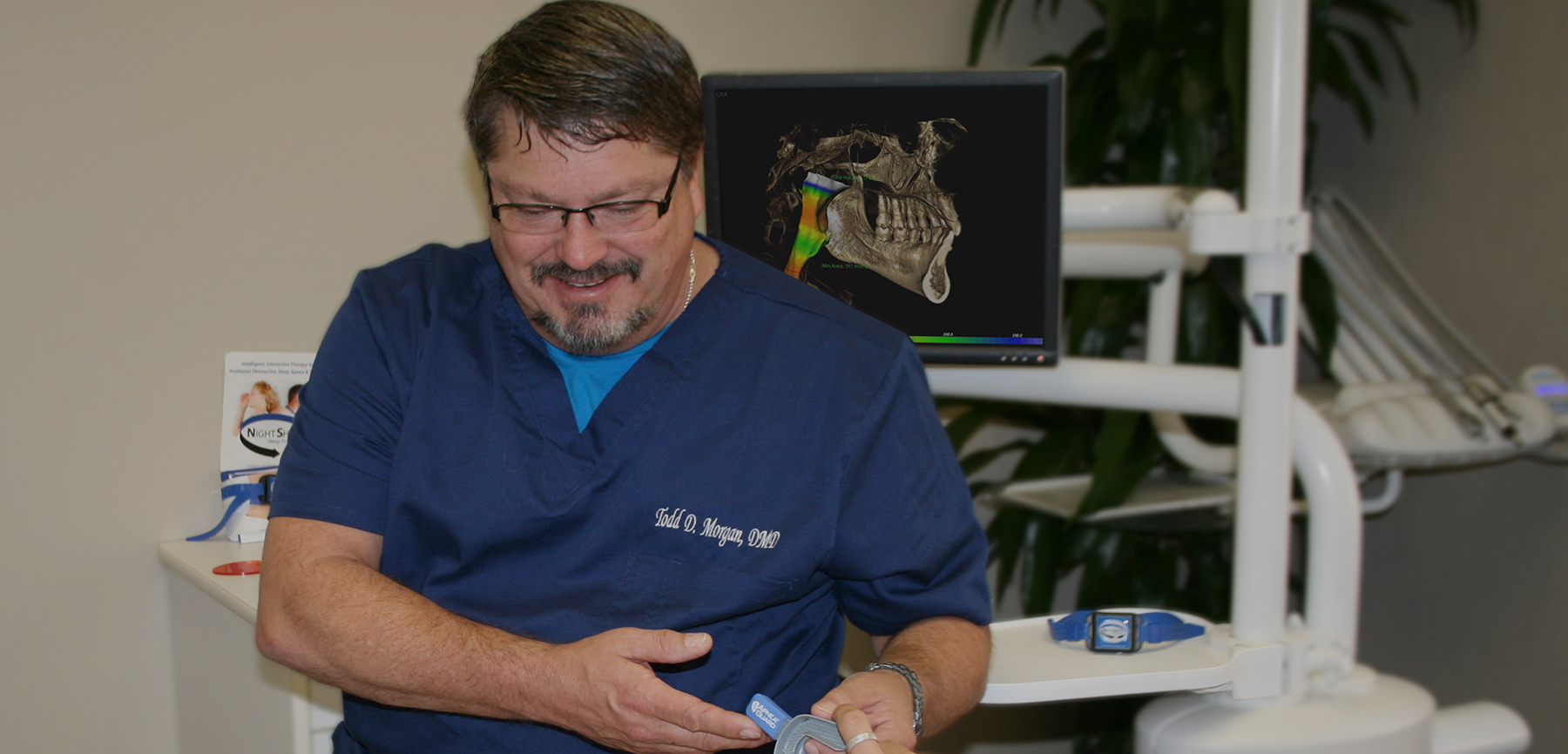(As seen in Sleep Review Magazine)
In 2013 I travelled the country researching the process of screening for obstructive sleep apnea (OSA) among the dental population. As Ez Sleep’s then lead trainer and now director of education and training, I have a vested interest in discovering what works when screening in a back office—and perhaps more importantly, what doesn’t.
As a 20-year veteran to busy dental practices throughout California, I knew two things for certain: 1) Dental patients are in dire need of screening for OSA, and 2) keeping to the dental practice’s existing schedule is a nonnegotiable need. So I was challenged to find a way for auxiliaries to screen every patient and not disrupt the flow of the hygiene and work chairs. Add to that the truth that far too many practices do not regularly update their patients’ health histories and I had quite the challenge ahead of me.
Based on my travels, I have come up with the below advice on OSA screening in dental offices. In my experience, these scenarios span the country and are constants in dental offices everywhere.
Didn’t fill out the paperwork last time?!
Updating a patient’s health history is one way to show patients that dentists care about more than just cleaning their teeth. This is a perfect time to ask your patient to complete take an Epworth Sleepiness Scale or fill out Ez Sleep’s sleep health questionnaire. It’s best not to highlight this form over others; that can actually diminish the value of the screening and make it look “optional” to the patient. We ask about heart murmur, and this discussion is not optional.
Handing the patient the screening with a simple declarative statement (such as, “We need to add this to your health history”) will prompt a completed form in the vast majority of instances.
The patient wrote “N/A” in big bold letters across the page.
You wouldn’t be in dentistry if you didn’t know how to read your patients. Fear of going to the dentist is far more prevalent in society than fear than going to the doctor. Therefore, we have learned to soothe and nurture patients by recognizing a combative one before things get out of hand.
If a patient shows frustration with filling out a form about something he doesn’t want to talk about anyway, the best thing to do is to work it into your conversation. That is, instead of having the patient will out the form himself, you can complete the form for him using the answers he provides you during a verbal interaction.
I will never forget the gentleman who so rudely flung the sleep health questionnaire at the check in staff, only for me to discover that German was his native language and he was far more comfortable talking about the risk factors face to face.
Interacting
with your patient
goes a long way.
Screening your patient using some sort of questionnaire is the simplest start to any screening. But that’s just what it is-a start. The best way to really investigate risks is to ask further probing questions (without being too probing!).
This is done by giving the patient the opportunity to tell you a little more about themselves. For example, a questionnaire on Ez Sleep’s questionnaire asks if the patient has fallen asleep or dozed off while driving. In my experience, asking the patient to “tell me more about that” renders an answer that contain so many pearls of honesty and risk symptoms. Some will use words like “it happens when,” or “oh, I roll all the windows down,” and even “I sleep at stop lights and my kids know to tell me when the light turns green.” These responses say so much. It tells me the patient has a plan for falling asleep because it happens so frequently! This also tells me they have been dealing with this long enough that they have a coping mechanism so they don’t have to sacrifice lifestyle just because they deal with constant exhaustion.
But other times I will hear a patient tell me about a single circumstance. I know from this interaction that falling asleep behind the wheel isn’t something this person struggles with on a consistent basis.
Share your advice for completing a thorough OSA patient screening in the dental setting in the comments section!




